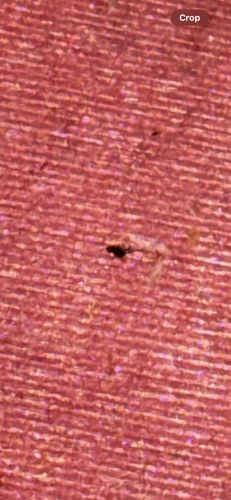Thrips
Scientific Name: Various species, commonly Frankliniella occidentalis (Western Flower Thrips), Thrips tabaci (Onion Thrips)
Order & Family: Order: Thysanoptera, Family: Various (e.g., Thripidae, Phlaeothripidae)
Size: Typically 0.5 to 2 mm in length, making them very small and often difficult to see with the naked eye.

Natural Habitat
Found on a wide variety of plants, both indoors and outdoors, including agricultural crops, greenhouses, gardens, and wild vegetation. They often hide in flower buds, leaf folds, or other protected areas.
Diet & Feeding
Mainly plant sap, pollen, and fungal spores. Different species have preferences for certain types of plants or plant parts.
Behavior Patterns
Thrips are known for causing damage to growing plant parts, including fruits, vegetables, and ornamental plants. They feed by puncturing plant cells and sucking out the contents, leaving silvery scars, deformities, or stunted growth. They are fast breeders, especially in warm conditions, and adults can fly, aiding in their dispersal. Some species are also vectors for plant viruses.
Risks & Benefits
Risks: Significant agricultural pests causing economic damage to crops through direct feeding and transmission of plant viruses. They can also cause cosmetic damage to ornamental plants. Benefits: Some species are predatory on other small insects or mites, functioning as biological control agents, but these are a minority. They also play a role in pollination for certain plants.
Identified on: 8/30/2025